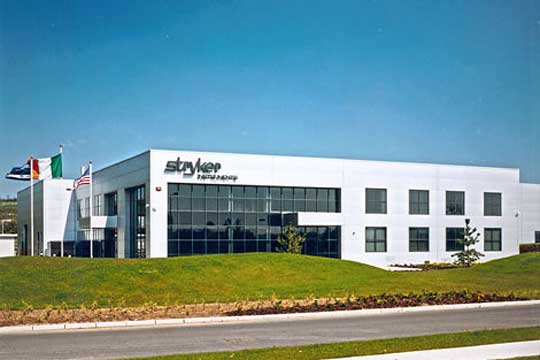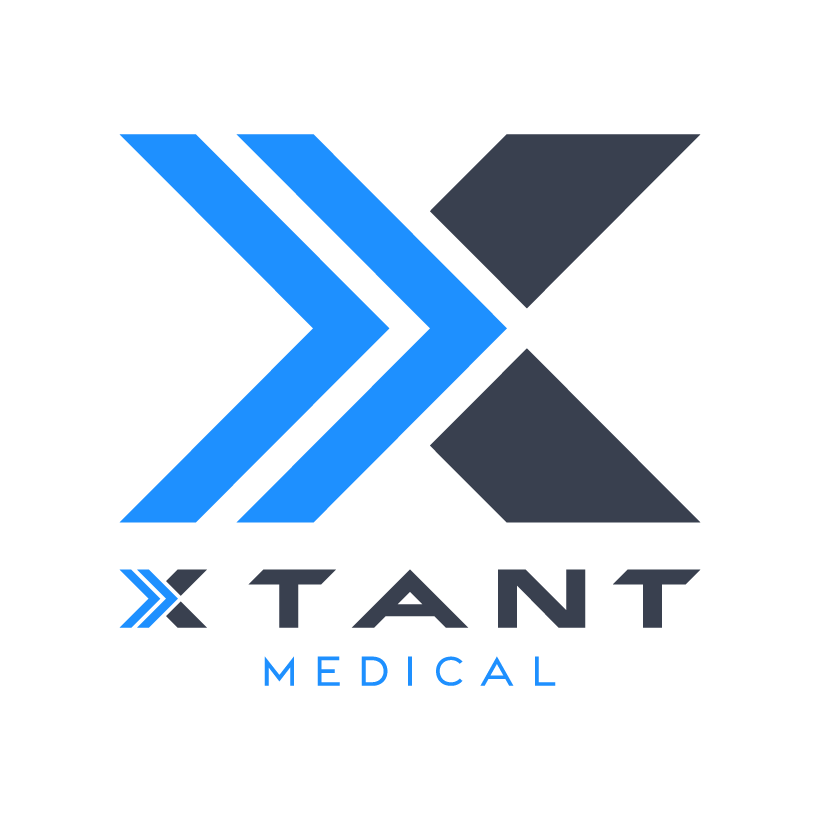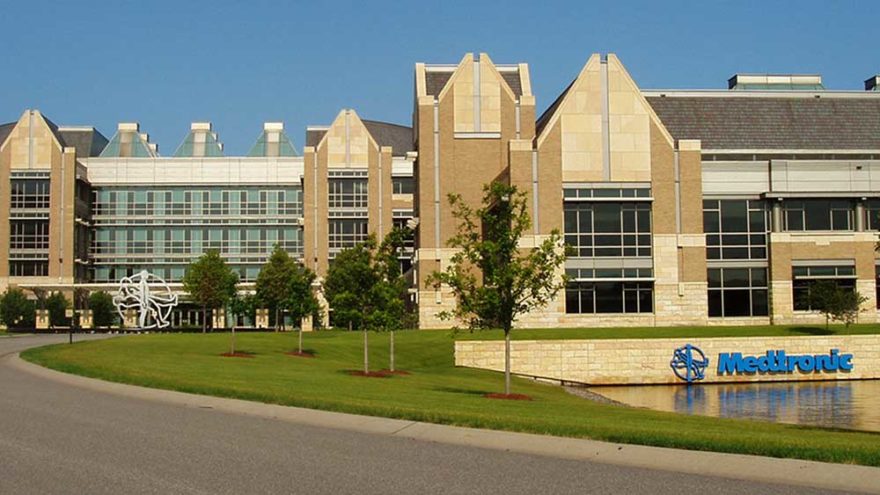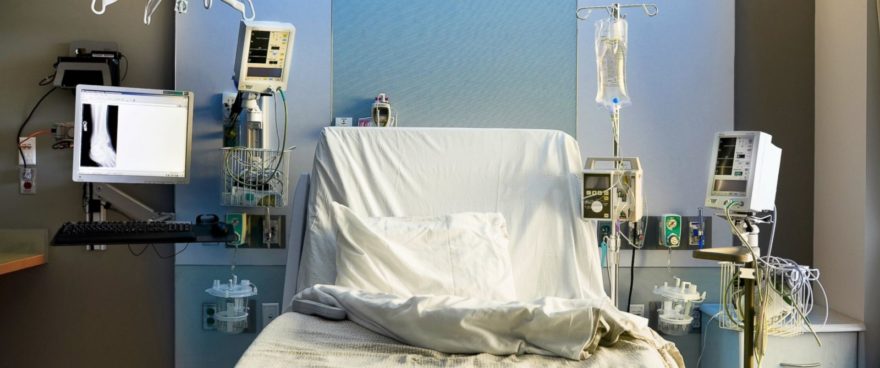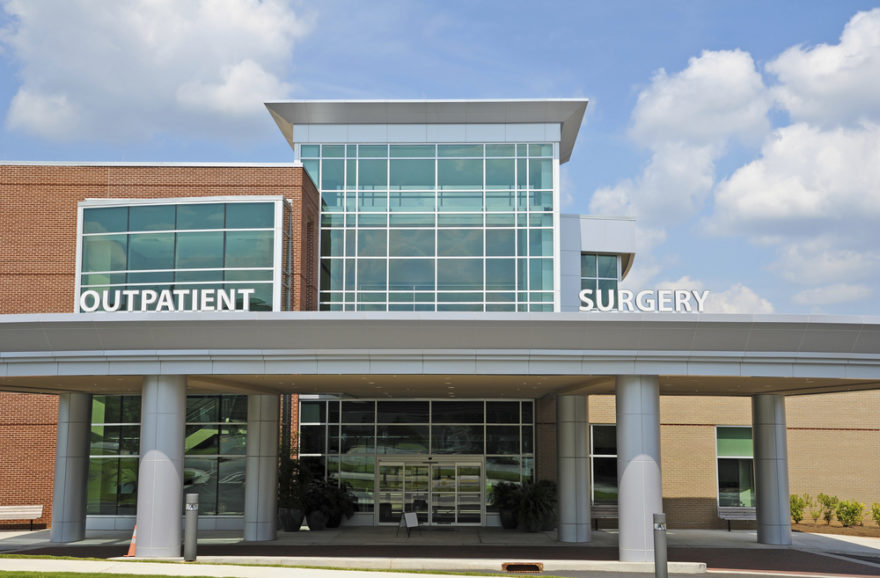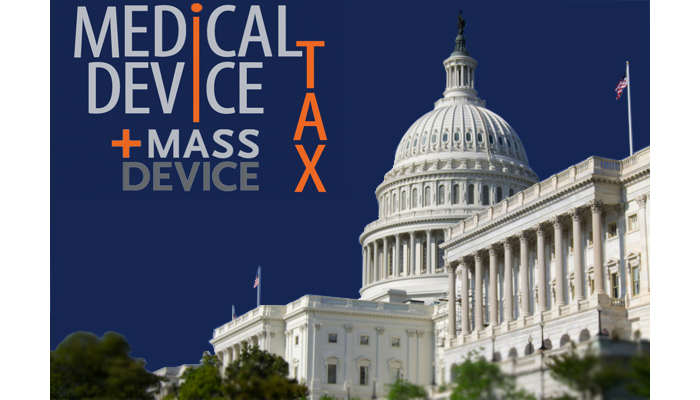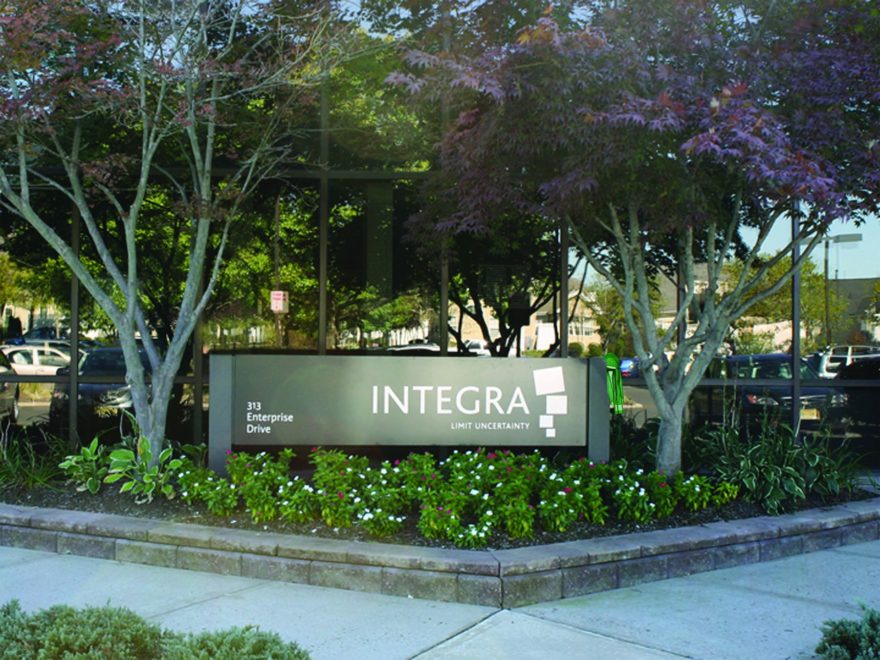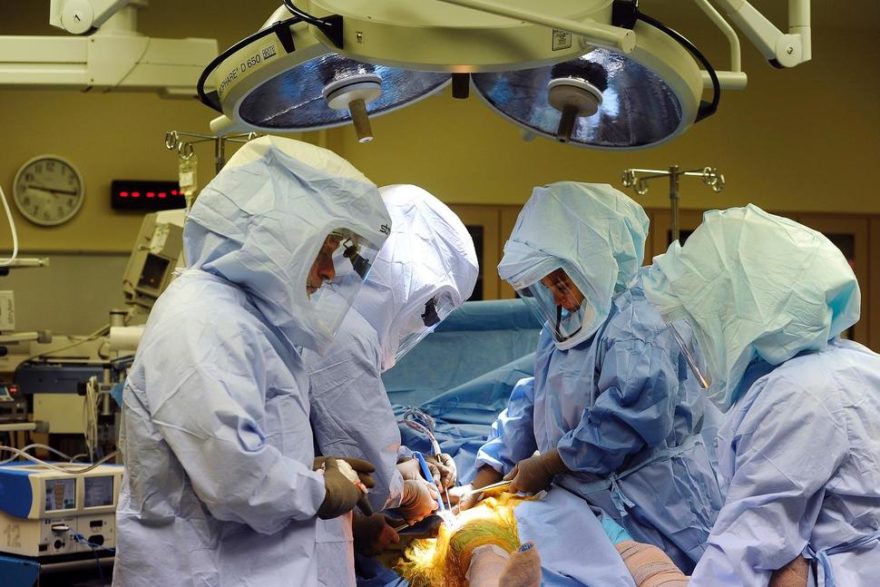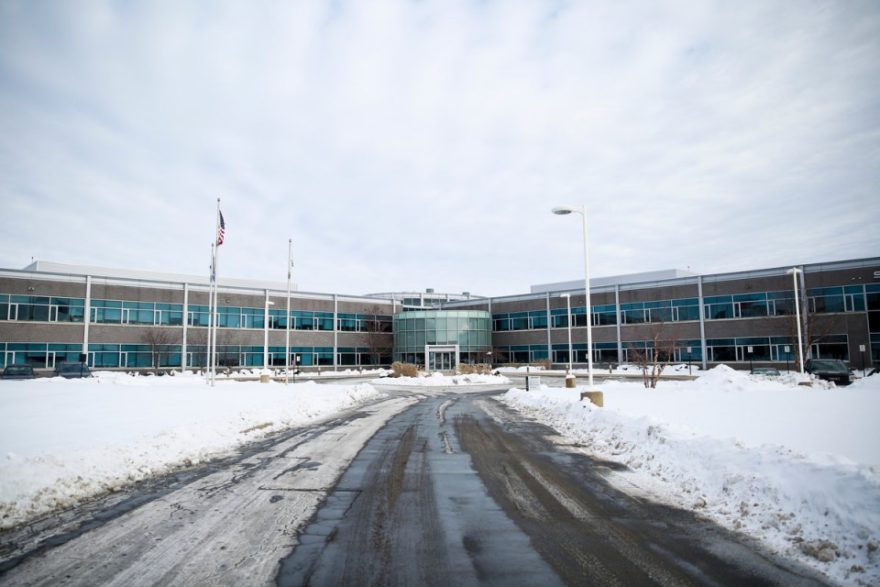Kalamazoo, Michigan – January 24, 2017 – Stryker Corporation (SYK) reported 2016 operating results for the fourth quarter and full year and 2017 outlook:
Fourth Quarter Highlights
Net sales grew 16.2% to $3.2 billion (16.8% constant currency)
| Orthopaedics | 5.3 | % | or | 5.7% constant currency |
| MedSurg | 31.1 | % | or | 32.1% constant currency |
| Neurotechnology and Spine | 8.7 | % | or | 8.6% constant currency |
Reported net earnings per diluted share decreased 2.9% to $1.34
Adjusted net earnings per diluted share(1) increased 14.1% to $1.78
Full Year Highlights
Net sales grew 13.9% to $11.3 billion (14.3% constant currency)
| Orthopaedics | 4.7 | % | or | 5.1% constant currency |
| MedSurg | 25.6 | % | or | 26.3% constant currency |
| Neurotechnology and Spine | 9.9 | % | or | 9.8% constant currency |
Reported net earnings per diluted share increased 15.1% to $4.35
Adjusted net earnings per diluted share(1) increased 13.3% to $5.80
“I am pleased with our performance in both the fourth quarter and the full year 2016,” said Kevin A. Lobo, Chairman and Chief Executive Officer. “Fourth quarter organic sales growth of 6.7% versus a strong prior year is impressive and was balanced across Orthopaedics, MedSurg and Neurotechnology and Spine. In addition, we executed well on acquisitions and delivered leveraged adjusted earnings gains. We enter 2017 with good momentum across our businesses and look forward to building on this success.”
Sales Analysis
Consolidated net sales of $3.2 billion and $11.3 billion increased 16.2% and 13.9% as reported in the quarter and full year and 16.8% and 14.3% in constant currency, as foreign currency exchange rates negatively impacted net sales by 0.6% and 0.4%. Excluding the 10.1% and 7.9% impact of acquisitions, net sales increased 6.7% and 6.4% in constant currency, including 8.2% and 7.8% from increased unit volumes partially offset by 1.5% and 1.4% in lower prices. The acquisitions of Sage Products LLC and Physio-Control International, Inc., contributed $258 million and $740 million to our consolidated net sales in the quarter and full year.
Orthopaedics net sales of $1.2 billion and $4.4 billion increased 5.3% and 4.7% as reported in the quarter and full year and 5.7% and 5.1% in constant currency, as foreign currency exchange rates negatively impacted net sales by 0.4% in both periods. Excluding the 0.4% and 0.3% impact of acquisitions, net sales increased 5.3% and 4.8% in constant currency, including 7.8% and 6.9% from increased unit volumes partially offset by 2.5% and 2.1% in lower prices.
MedSurg net sales of $1.4 billion and $4.9 billion increased 31.1% and 25.6% as reported in the quarter and full year and 32.1% and 26.3% in constant currency in the quarter and full year, as foreign currency exchange rates negatively impacted net sales by 1.0% and 0.7%. Excluding the 23.8% and 19.1% impact of acquisitions, net sales increased 8.3% and 7.2% in constant currency, including 8.9% and 7.8% from increased unit volumes partially offset by 0.6% in lower prices in both periods.
Neurotechnology and Spine net sales of $526 million and $2.0 billion increased 8.7% and 9.9% as reported in the quarter and full year and 8.6% and 9.8% in constant currency, as foreign currency exchange rates positively impacted net sales by 0.1% in both periods. Excluding the 1.9% and 1.4% impact of acquisitions, net sales increased 6.7% and 8.4% in constant currency, including 8.1% and 9.8% from increased unit volumes partially offset by 1.4% in lower prices in both periods.
Earnings Analysis
Reported net earnings decreased 2.3% in the quarter to $510 million and increased 14.5% to $1.6 billion in the full year. Reported net earnings per diluted share decreased 2.9% in the quarter to $1.34 and increased 15.1% to $4.35 in the full year. Reported net earnings includes charges for the amortization of purchased intangible assets, restructuring-related activities, Rejuvenate and ABG II recall, acquisition and integration related activities and certain tax matters. The effect of each of these matters on reported net earnings and net earnings per diluted share appears in the reconciliation of actual results to adjusted results. Excluding the impact of these charges increases gross profit margin in the quarter from 66.1% to 66.3% and for the full year from 66.2% to 66.6% and increases operating income margin in the quarter from 20.9% to 27.7% and for the full year from 19.1% to 25.5%.
Excluding the impact of the items described above, adjusted net earnings(2) of $675 million and $2.2 billion increased 14.2% and 12.6%, in the quarter and full year. Adjusted net earnings per diluted share(1) of $1.78 and $5.80 increased 14.1% and 13.3% in the quarter and full year.

